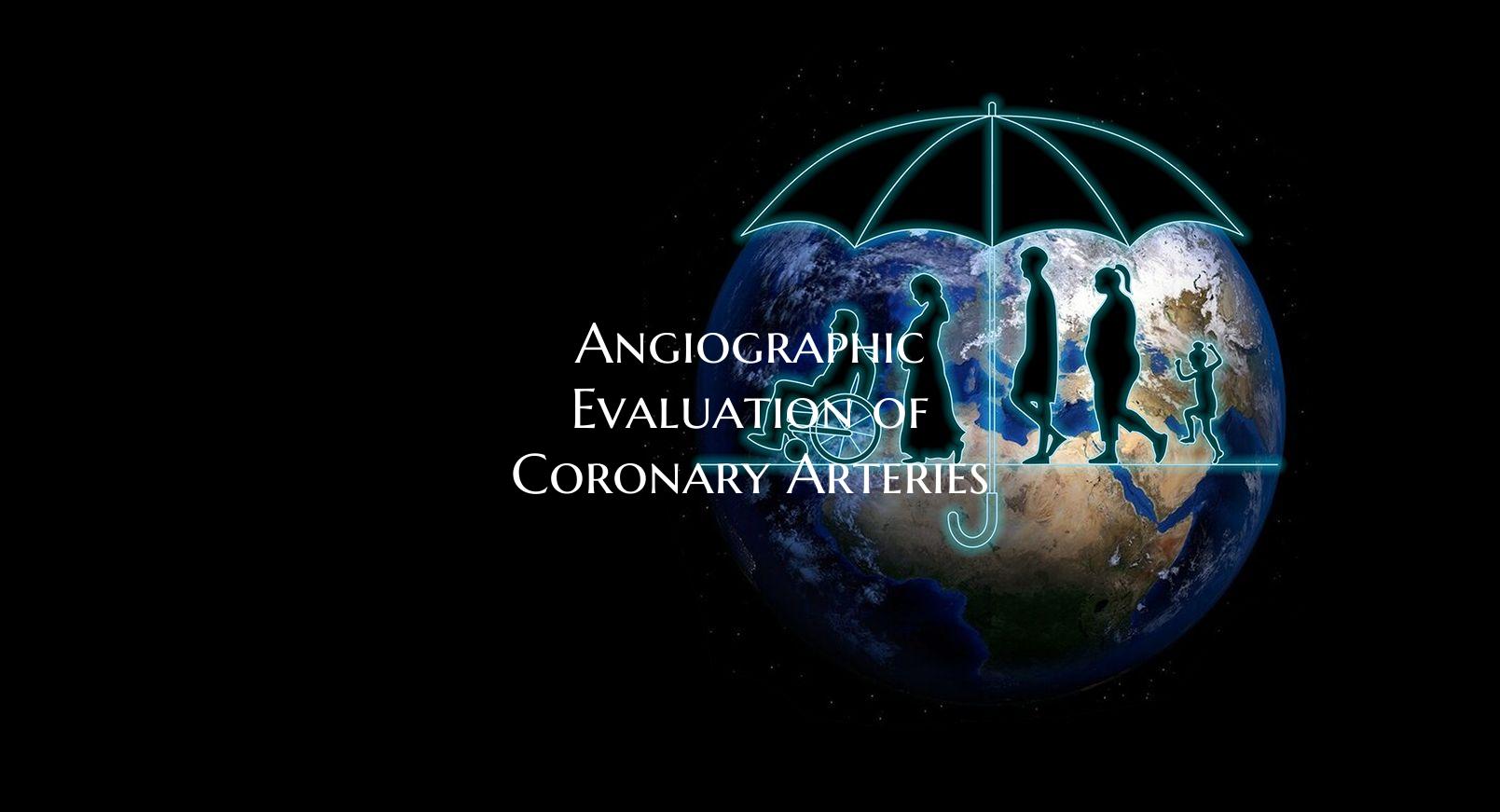
Angiographic Evaluation of Coronary Arteries
Angiographic evaluation of the coronary arteries is a crucial diagnostic procedure used to assess the presence of blockages or abnormalities within the blood vessels that supply oxygen and nutrients to the heart muscle. Coronary angiography, also known as cardiac catheterization, involves the use of specialized X-ray imaging to visualize the coronary arteries and identify any areas of narrowing or blockage.
During the procedure, a thin, flexible tube called a catheter is inserted through a small incision in the patient's groin or wrist and carefully guided to the heart. A contrast dye is then injected through the catheter, allowing the cardiologist to capture detailed images of the coronary arteries on a monitor in real-time.
By examining these angiographic images, healthcare providers can identify the location and severity of any blockages in the coronary arteries, which can help in determining the most appropriate treatment plan for the patient. This may include lifestyle modifications, medication management, coronary artery bypass surgery, or minimally invasive procedures such as angioplasty and stent placement to improve blood flow to the heart.
In addition to diagnosing coronary artery disease, angiographic evaluation of the coronary arteries can also be used to assess the success of previous interventions, monitor disease progression, and guide further therapeutic decisions.
Overall, angiographic evaluation of the coronary arteries plays a pivotal role in the management of patients with suspected or known heart conditions, providing valuable insights into the health of the coronary circulation and helping to ensure optimal outcomes for those at risk of cardiovascular events.